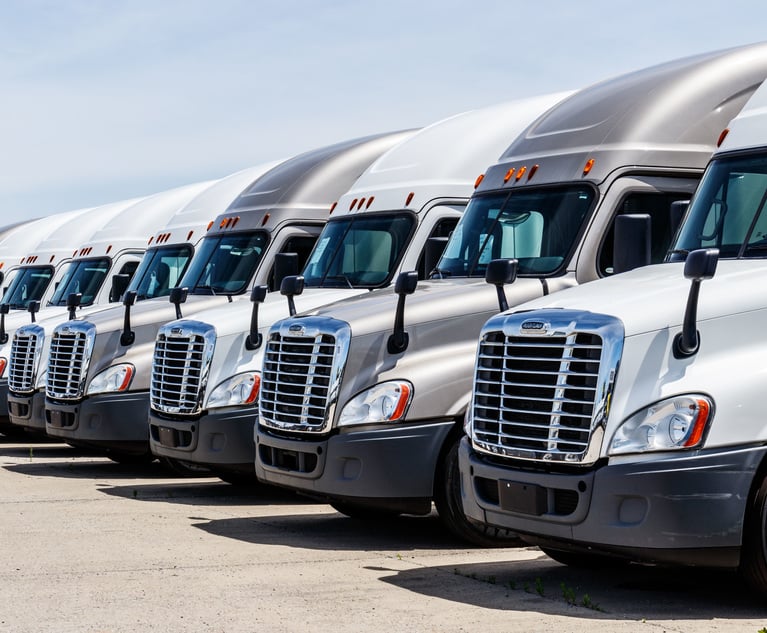Construction is dangerous work. According to Zurich, more than 80,000construction workers are injured on the job each year in theU.S.
|More than 10,000 of those workers are injured from falls onconstruction sites each year, according to Stopconstructionfalls.org.
|“Falls from heights are a major concern on construction sites,ranking as the leading cause of death in the industry,” says ScottRasor, head of Construction at Zurich North America. “More than 200U.S. construction workers are killed each year from falls.”
|Many more construction workers face the risk of asbestosexposure on the job, with an estimated 1.3 million facing the riskof exposure. Asbestos exposure can lead to devastating healthconsequences for workers, and potentially lawsuits foremployers.
|Zurich North America offers tips for construction sites toreduce exposure to risks like workplace falls and asbestosexposure. Click through to read more.
|
(DanyloSamiylenko/Shutterstock.com)
| Assess site hazards to determine theappropriate equipment needed for a job.
Assess site hazards to determine theappropriate equipment needed for a job.
If a worksite is utilizing a crane or has workers operating fromelevated heights, make sure to have the proper equipment in placeto keep both those working there and those on the ground safe.
|If asbestos is present at a worksite, it is important to "suitup." Be sure to wear the proper protective gear recommended byOSHA, including the appropriate headwear, goggles, work suits,respirator masks, rubber gloves, and foot coverings.Click on the infographic on the right for more detailedinformation.
||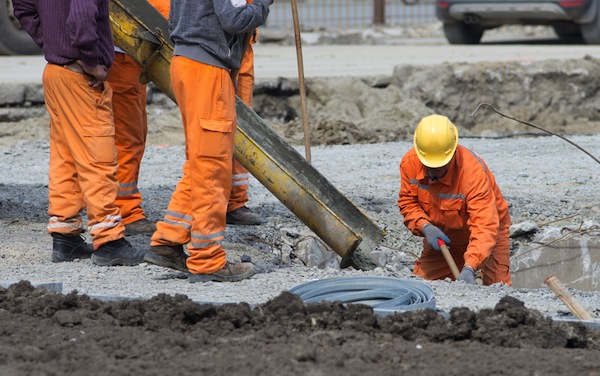
(BudimirJevtic/Shutterstock.com)
|Invest in proper equipment, ensuring it's usedappropriately and with caution.
|
Once you've determined what equipment is needed, make aninvestment in the right equipment. Anchors, full body harnesses,shock absorbing harnesses, and descent and rescue devices are allequipment that could be used on jobs at elevated heights to preventdangerous falls. Click on the infographic on theright for more detailedinformation.
|When investing in equipment for asbestos removal, properrespiration is key. Be sure to invest in NIOSH-approvedrespirators, and make sure no body parts are exposed. For moredetailed information, check out the infographic on the previouspage.
||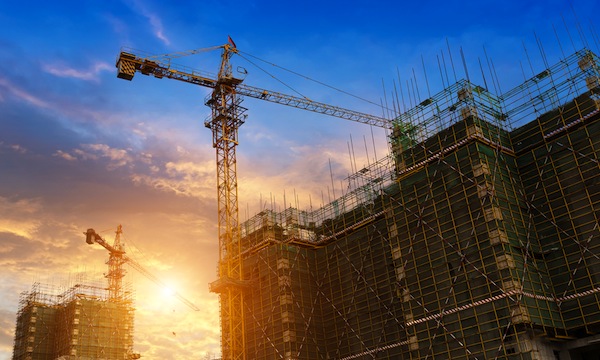
(hxdyl/Shutterstock.com)
|Inspect and remove any fall exposures, while securingmaterials so they don't fall.
|Zurich recommends going through a checklist to ensure that eachpiece of equipment is secure and free of any fall exposures.
- Is all hardware free of cracks, burns or corrosion?
- Do all working parts move freely including buckles and snaphooks?
- Are all plastic pads and keepers in place and free of cuts orcracks?
- Are the webbing and rope free of any cuts, frays or brokenfibers?
- Do any tears, abrasions or discolorations exist? Is stitchingin tact, or are the stitches pulled or cut?
- Are all labels present and fully legible?
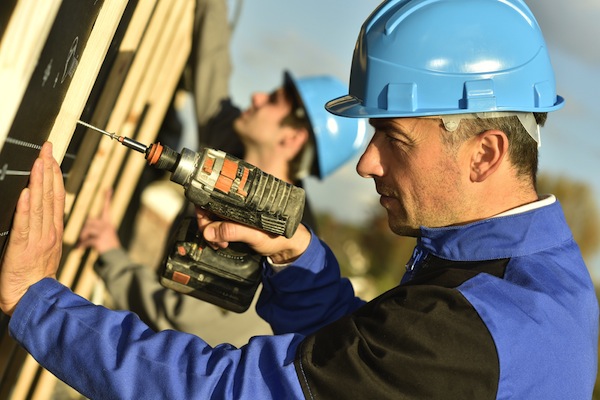
(Goodluz/Shutterstock.com)
|Train employees on fall protection and equipmentinspection, having accountability in place for ignoring safetyprecautions.
|Keeping employees informed is one of the most important steps inpreventing construction site fall accidents. Ensure employees areproperly trained in safety measures and equipment inspections, andmake it clear that disciplinary action will be taken if an employeedoes not follow the safety protocols set up by your constructionsite.
||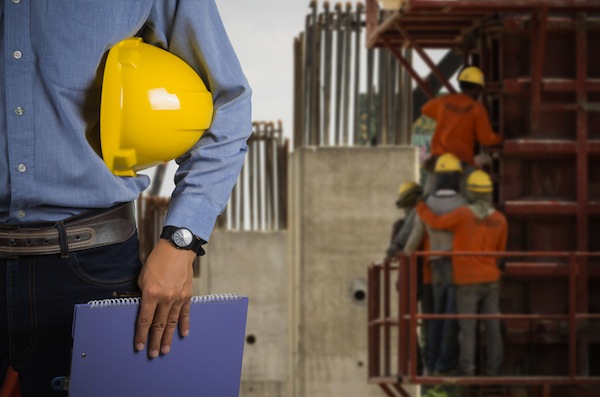
(24Novembers/Shutterstock.com)
|Document safety-training activites and non-compliancewith protocols.
|Keep documentation on safety-training activities andnon-compliance to ensure training is regularly enforced andnon-compliance stays down.
||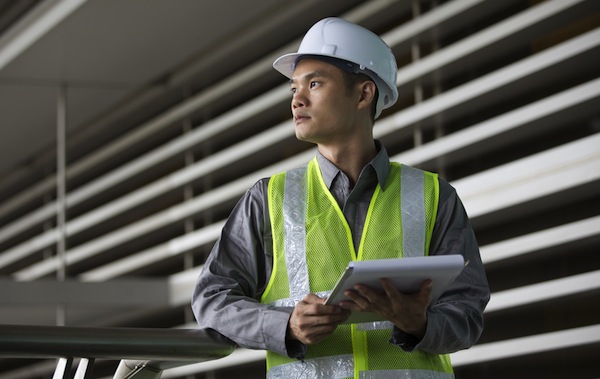
(StuartJenner/Shutterstock.com)
|Before starting work, discuss the day's tasks, requiredtools, and potential hazards.
|Continue to keep employees informed of the risks they face andhow to prevent them from happening by going through each day'stasks, required tools, and potential hazards before work begins.Knowing what they are working on each day will help keep workerssafe and reduce the risk of workers' compensation payouts andlawsuits for your company.
Want to continue reading?
Become a Free PropertyCasualty360 Digital Reader
Your access to unlimited PropertyCasualty360 content isn’t changing.
Once you are an ALM digital member, you’ll receive:
- All PropertyCasualty360.com news coverage, best practices, and in-depth analysis.
- Educational webcasts, resources from industry leaders, and informative newsletters.
- Other award-winning websites including BenefitsPRO.com and ThinkAdvisor.com.
Already have an account? Sign In
© 2024 ALM Global, LLC, All Rights Reserved. Request academic re-use from www.copyright.com. All other uses, submit a request to [email protected]. For more information visit Asset & Logo Licensing.




